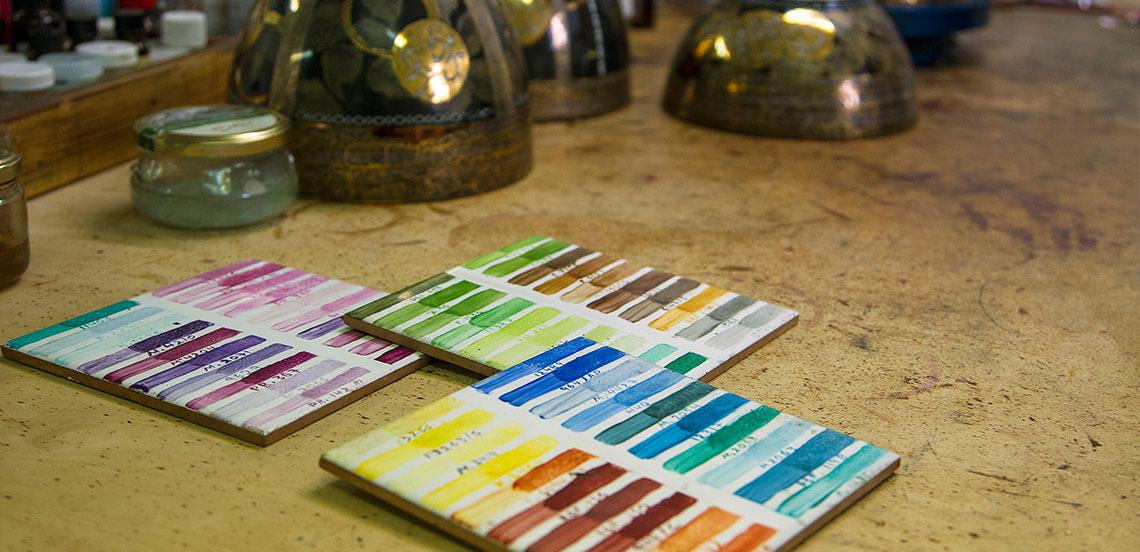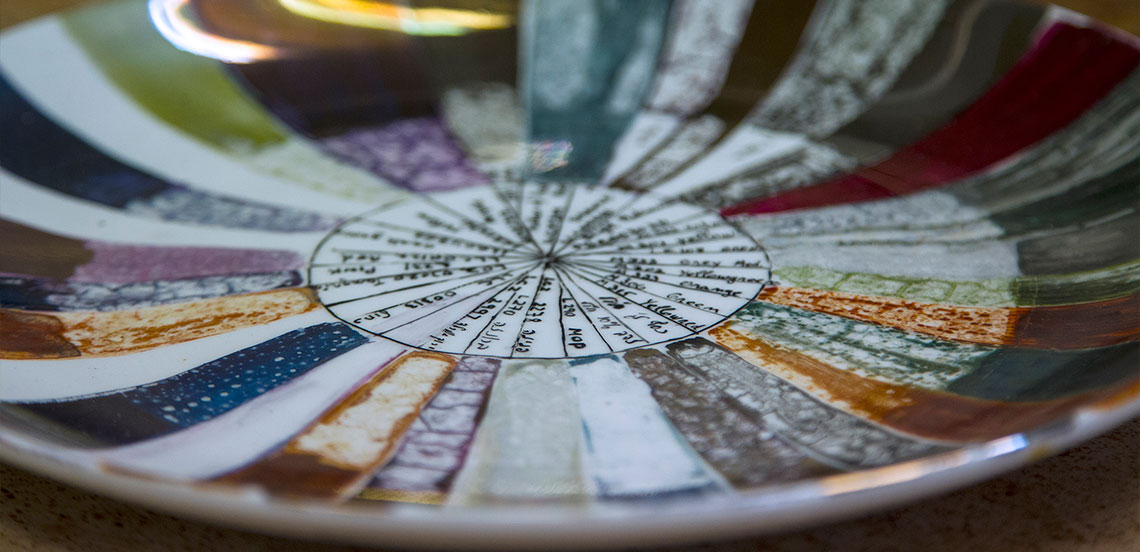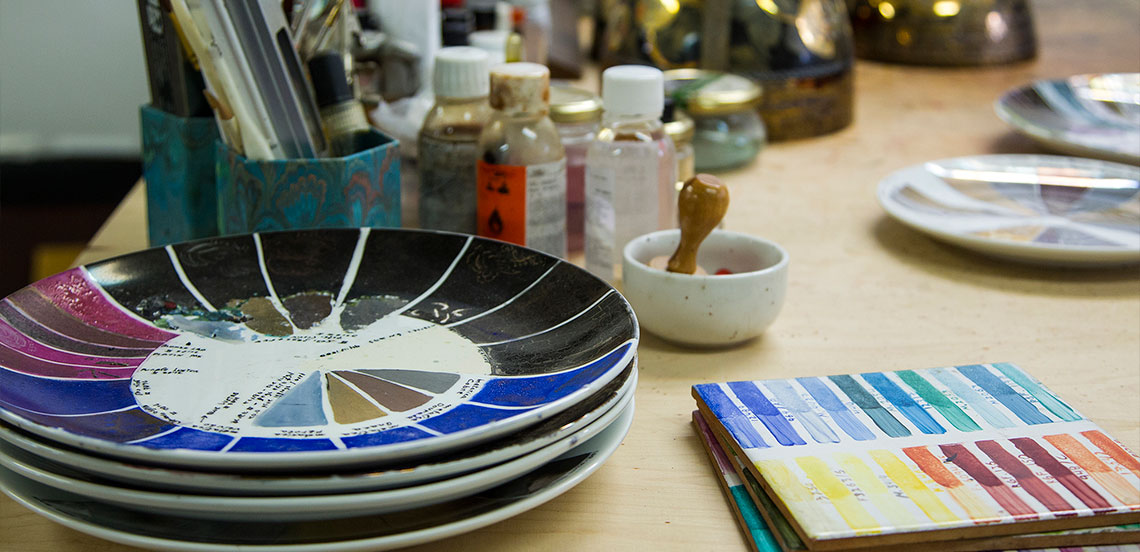Porcelain
Porcelain is a Ceramic material originated in China and may be informally referred to as china or fine china.
The art of painting on porcelain also originated in China, and in the 16th Century made its way to Europe; Royalties adopted this art, and hand painted ornaments became a sign of status and wealth.
The manufacturing of true hard-paste porcelain in Europe began in Germany in the beginning of the 18th century. A young chemist succeeded in producing white porcelain at Meissen and became known as Dresden China, especially in England.
In 1760 the French began to produce fine-quality porcelain in Sevres, near Limoges, using their own unique style and breaking away from the Meissen influence. Rich colors, gilding, exotic birds, floral and court scenes were used as décor themes. This was the first regal European porcelain style and it influenced other countries at this time.
The first English porcelain was made in Chelsea, London in 1745, a soft – paste porcelain. Only In 1770 the Chelsea-Derby factory succeeded in producing fine hard-paste porcelain.
Some of the finest porcelain in England was made during the late 19th century, and today often has greater value than rare items created a hundred years earlier. Among the most successful factories of this period were Royal Worcester, Minton, Daulton and Derby.
Across the years and until today, Porcelain is considered as a true success.




